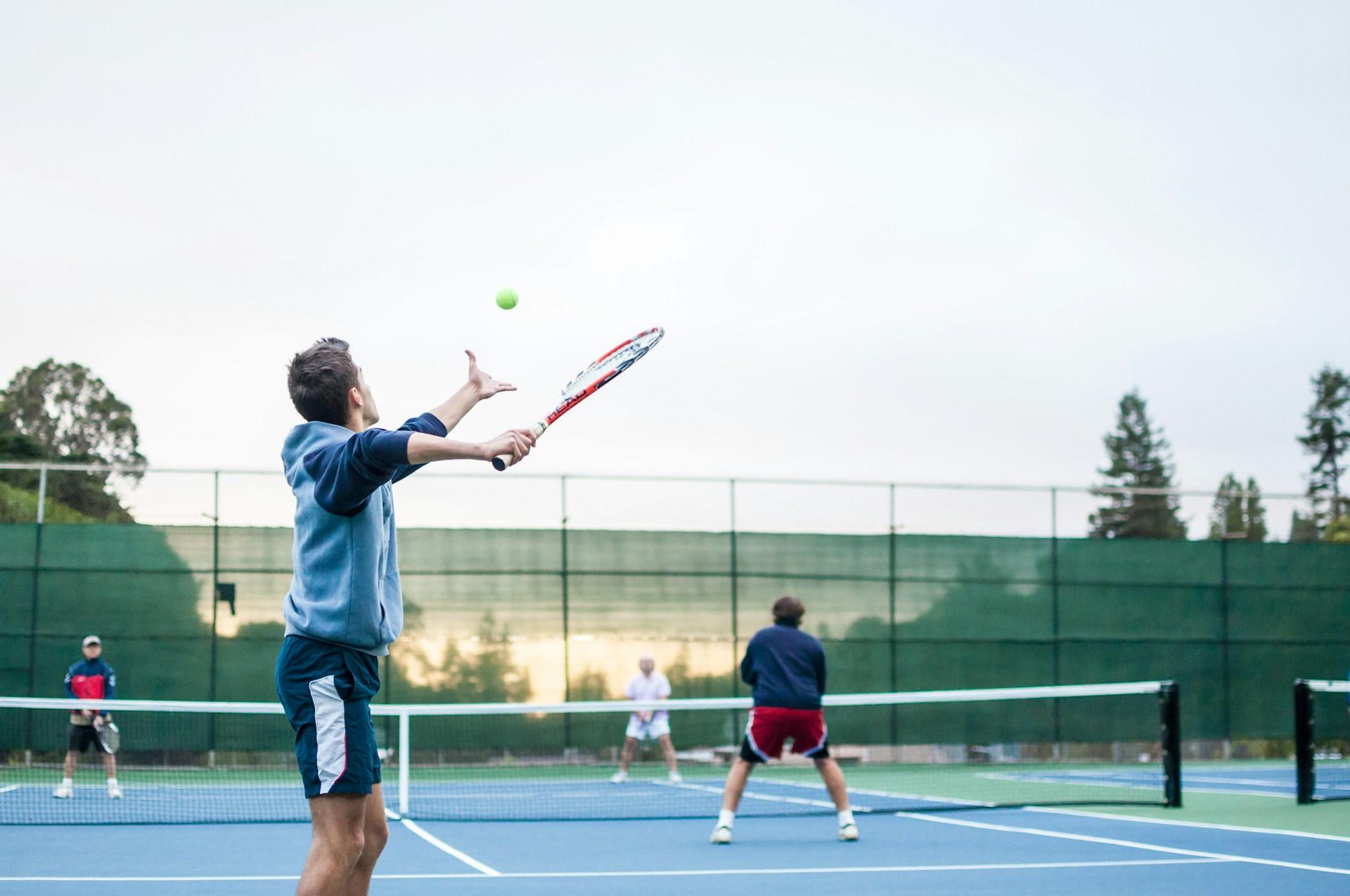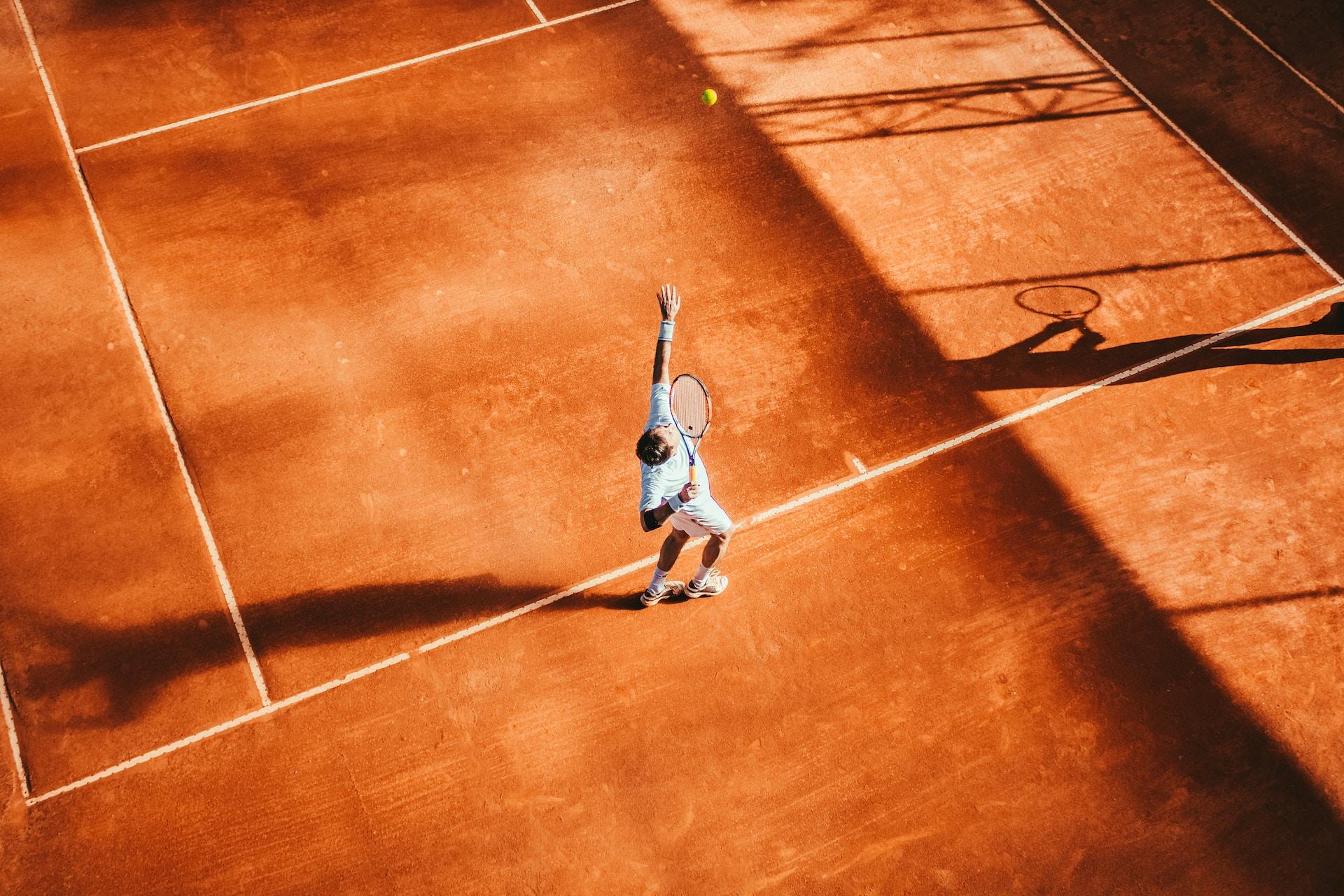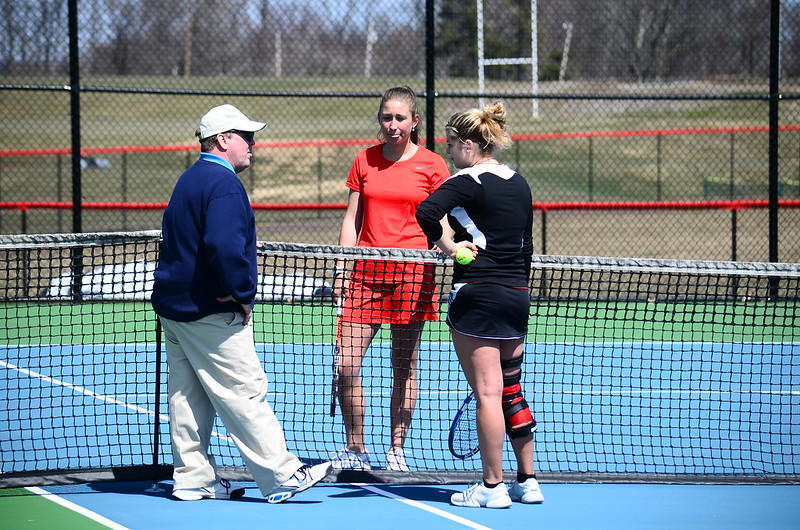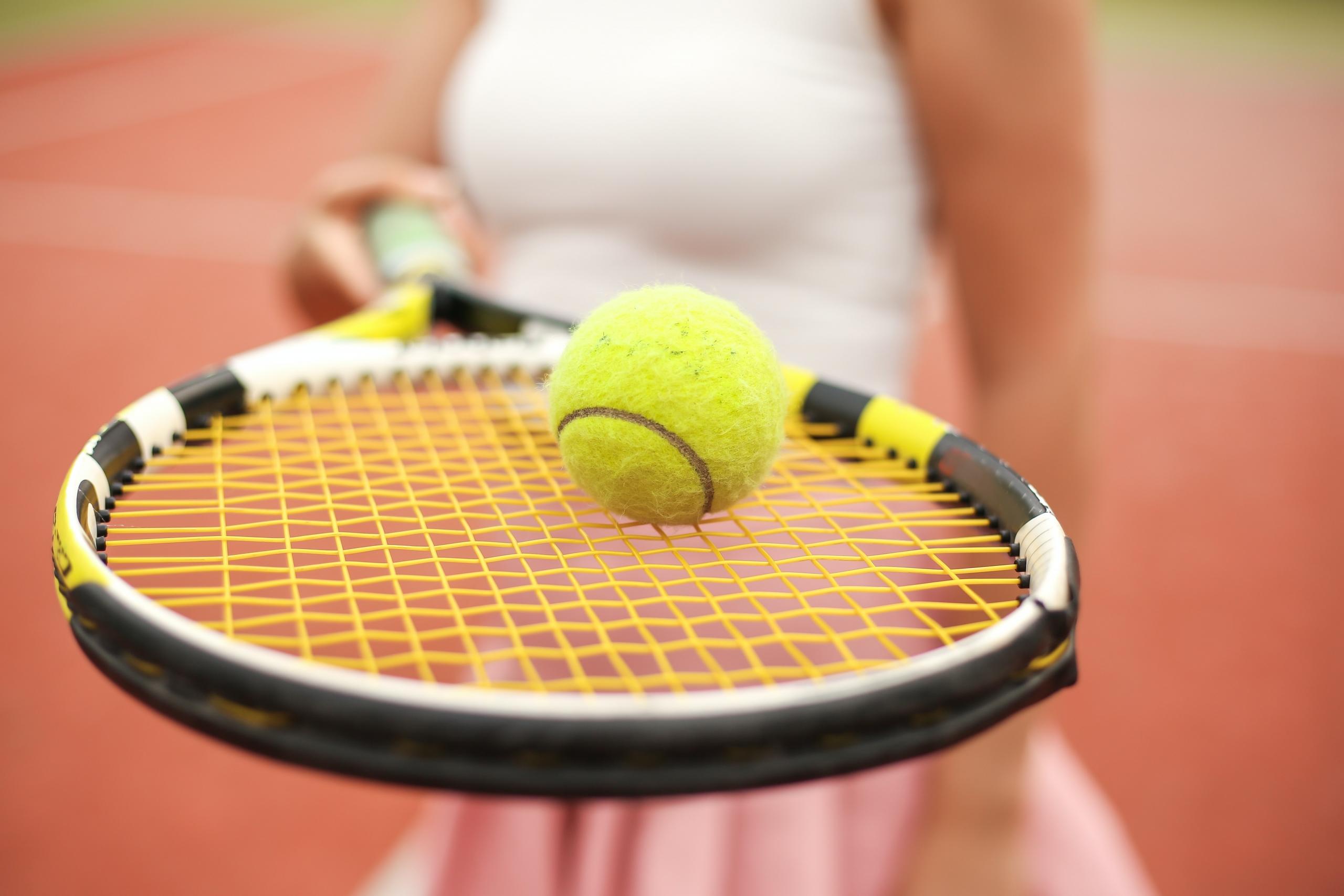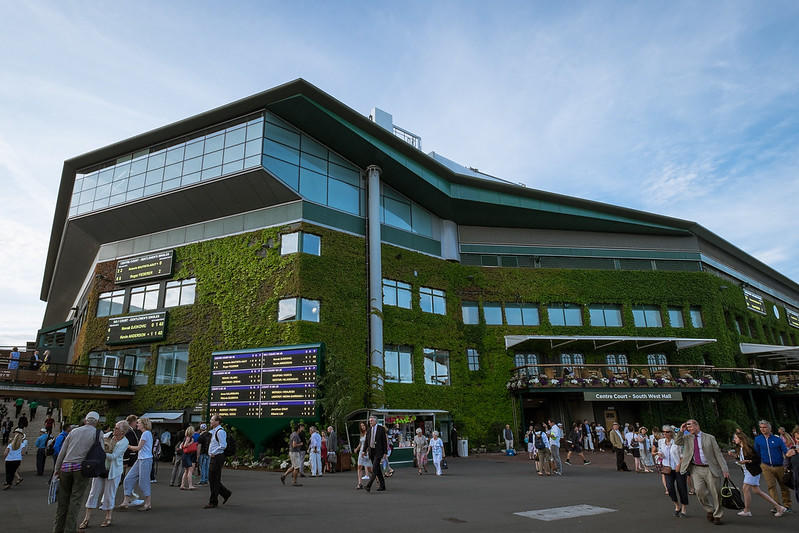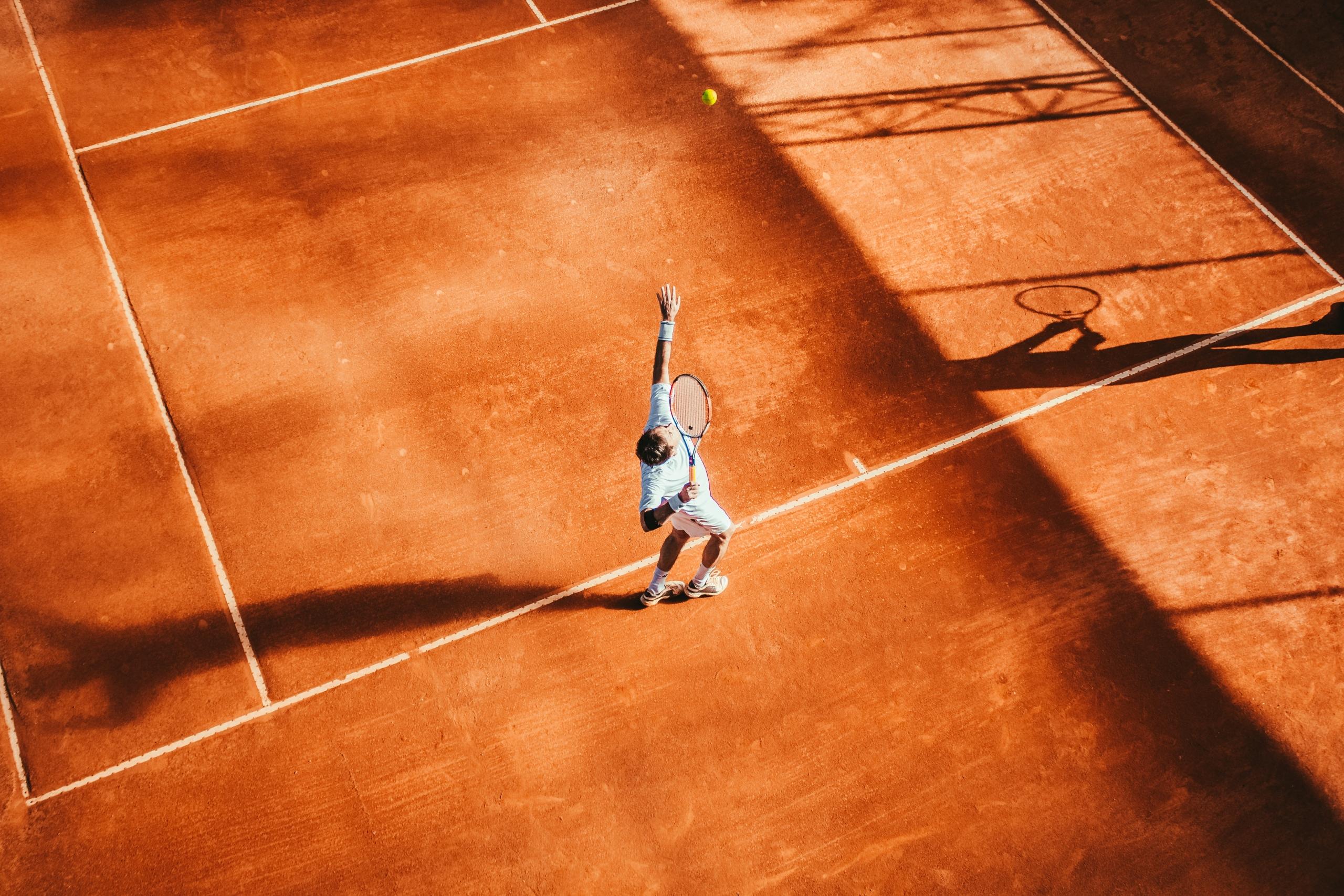For those merely curious about tennis, only the Majors matter: the Australian Open, Roland Garros (French Open), Wimbledon, and the US Open. Real tennis enthusiasts know that plenty of action and drama take place during the tournaments that lead up to the Majors. The Madrid Open is such an event, full of passion and panache. Today, as we wait for this tournament's start, we look back through the years, at what makes Madrid such a draw.

Madrid Open: The Magic Behind the Name
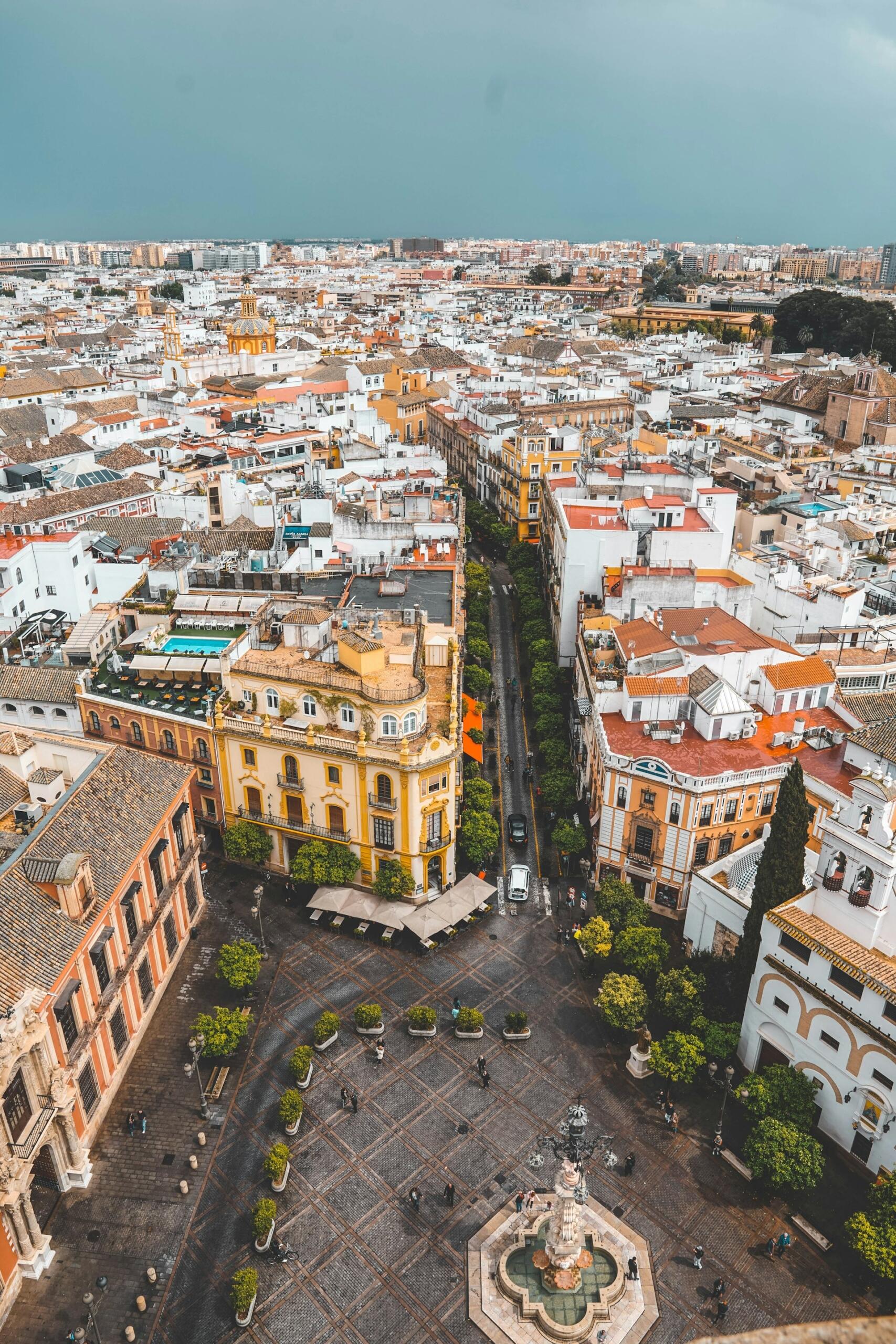
The Madrid Open ranks among the tennis world's most important contests. Nestled between the Australian Open (in January) and the French event (late May / early June), it gives professional tennis players a chance to improve their points standing ahead of the Majors.
Mid-April is a particularly fine time to be in Madrid, as a tournament participant, and as a spectator. It might be a bit wetter than usual; Spring is the time of rain, in Madrid.
That being the case, it's good that players can decide their contests in a Magic Box.
Until 2009, players contested this tournament in the Madrid Arena.
La Caja Mágica, a purpose-built stadium, hosted its first Madrid Open tournament that year.
During the second half of the 20th Century, Germany, France and Italy ruled as European tennis centres, leaving Spain out of the loop. Then, starting in 2002, the ATP Masters Series in Madrid replaced the Eurocard Open, a Stuttgart (Germany) men's-only event, held there since 1988. This venture began Spain's official entry into the world of tennis competition.
This contest predates the Madrid Open by 20 years.
It never made the impact or earned the prestige, that the Madrid Open has.
Tennis had long been a favoured sport in Spain, but football had always claimed the limelight. In the footie's shadows, Spanish tennis coaches cultivated the country's future tennis stars. Big names, like Arantxa Sánchez Vicario (world's #1 women's) and Rafael Nadal were poised to burst onto the tennis scene. The Madrid tournament was an excellent proving ground for all this talent. For those eager to enhance their skills, adult tennis coaching can provide expert guidance.
Debut year: 2002
Location: Madrid Arena (2002-2008); La Caja Mágica (2009 onwards)
Facility specs: three indoor courts under a retractable roof, 11 sheltered courts, 16 outdoor courts Centre court seating capacity: 12 442
Court surface: clay
Tournament founder: Ion Țiriac, former Romanian tennis player and ATP professional.
Current owner: IMG global sports franchise
This Madrid tennis tournament debut was a men's-only event. Its classification as an Association of Tennis Professionals (ATP) Masters Series contest boosted Spain's profile as a member of the global tennis community.
In 2009, the tournament expanded to include Women's contests. In 2019, the event stretched further, to accommodate more Women's matches.
Though a relatively young tournament, the Madrid Open has become an important stop on the ATP and Women's Tennis Association (WTA) circuits. This event's results over the past five years have shaped Grand Slam contests, as well as Davis Cup, and other tennis tournaments.
The Tournament's Format
Typically, tournament entrants will qualify before the tournament's start. This allows the event's officials to plan the matches. Once they hammer out all the details, the tournament typically follows this structure:
Day 1 and 2
Qualifying trials
Day 3 and 4
First-round elimination matches
Day 5 and 6
Second-round eliminations
Days 7 - 12
Third-round elimination matches
Day 13 and 14
Fourth-round eliminations
Day 15 and 16
Quarterfinals
Day 17 and 18
Men's quarterfinals, Women's semifinals
Day 19 and 20
Men's semifinals
Day 21
Women's Singles Finals; Men's Doubles Finals
Day 22
Men's Singles Finals; Women's Doubles Finals
The tournament concludes with awarding the winners their trophies, and the final payments of prize money. As with other professional tennis contests, the amount a player earns depends on the tournament, as well as their standing and their final positions.
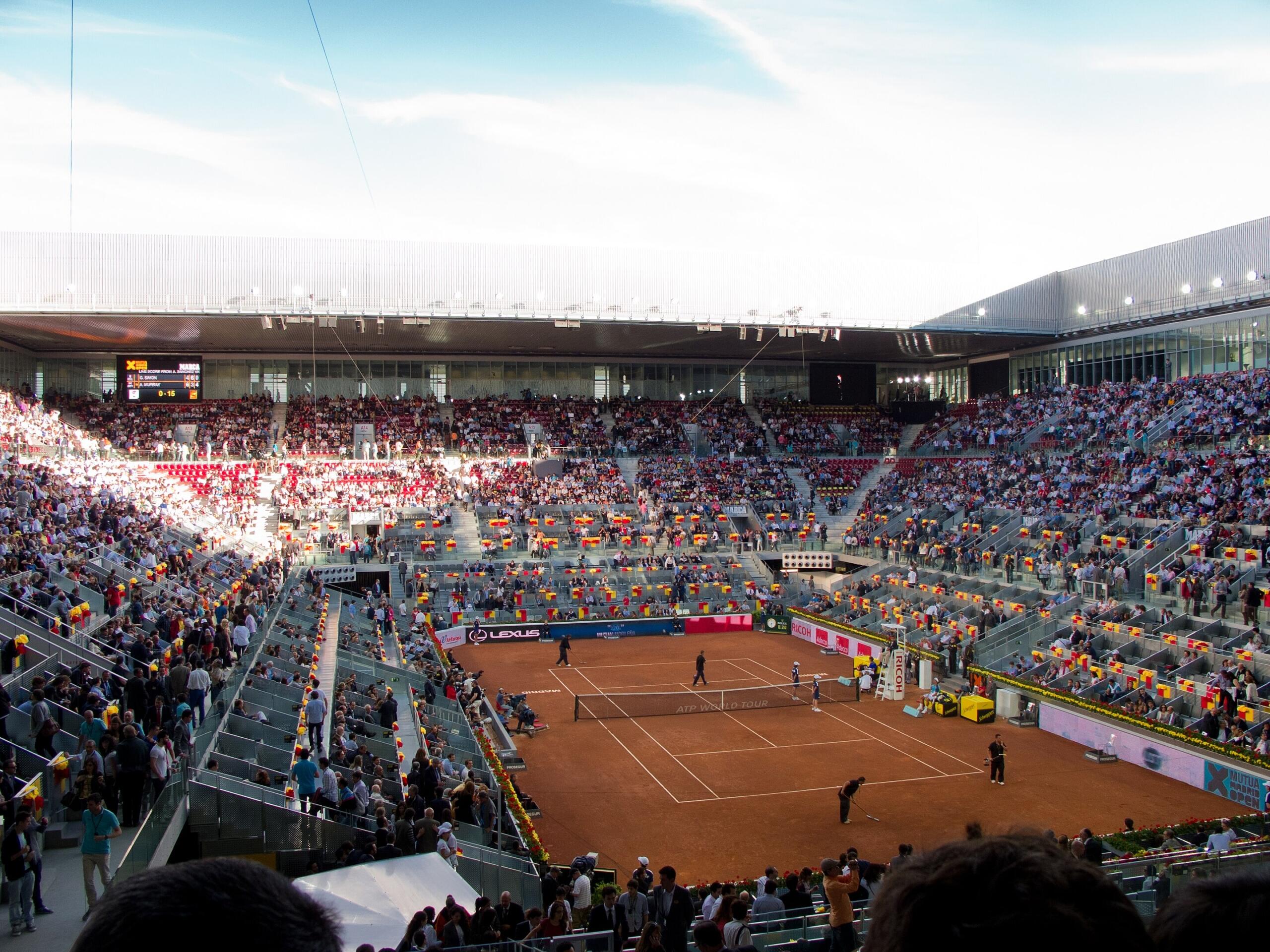
Note-Worthy Moments Throughout the Years
The Majors - the Grand Slam tournaments, typically get all the press, making it more challenging to isolate iconic moments on 'lesser' courts. The Majors span three tennis seasons: hard court, grass court, and clay court seasons. Hard court play is the longest season, and the grass season is the shortest. The clay court season is of middling duration, with the Madrid Open schedule slotted in the middle.
Monte Carlo Masters
Barcelona Open
Madrid Open
Rome Masters (Italian Open)
French Open
Two back-to-back contests in Spain further prove this country's credentials as a tennis leader, and its passion for the sport. But the point we're driving at is, despite the relative lack of press, the Madrid Open has had its share of remarkable moments.
Blue Clay
Ion Țiriac, the tournament's owner (at the time), believed that a blue court would be more visually appealing, especially to television audiences.
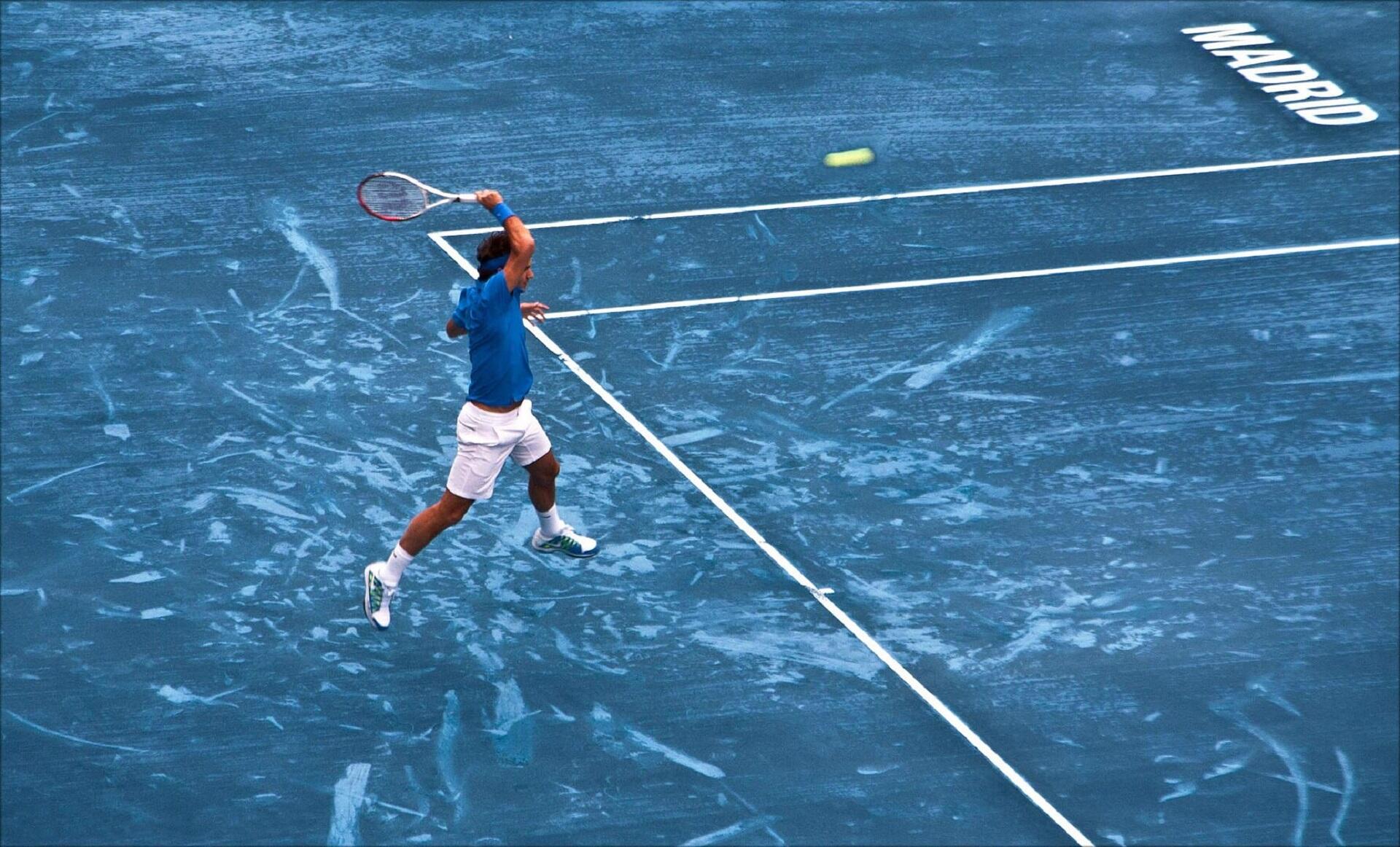
He believed that the blue colour the hard courts were painted with made it easier for players to see the neon green ball, too.
Many viewers believed the blue colour was a nod to the tournament's sponsor, Mutua Madrileña. They grew outraged and ready to boycott the tournament but quieted down after they discovered that wasn't the case.
The powers that be gave the change the nod so, in 2012, Țiriac ordered the courts surfaced in blue clay. Immediately after the tournament's end, threats of boycotts ensued, notably from Rafael Nadal and Novak Djokovic.
Both had lost the tournament, because the blue clay was more slippery than traditional, red clay. The clamour continued, forcing Țiriac to resurface the courts with standard clay. The 2012 Madrid Open was the only tournament ever that suffered from blue-clay troubles.
The Strange Case of Petra Kvitová
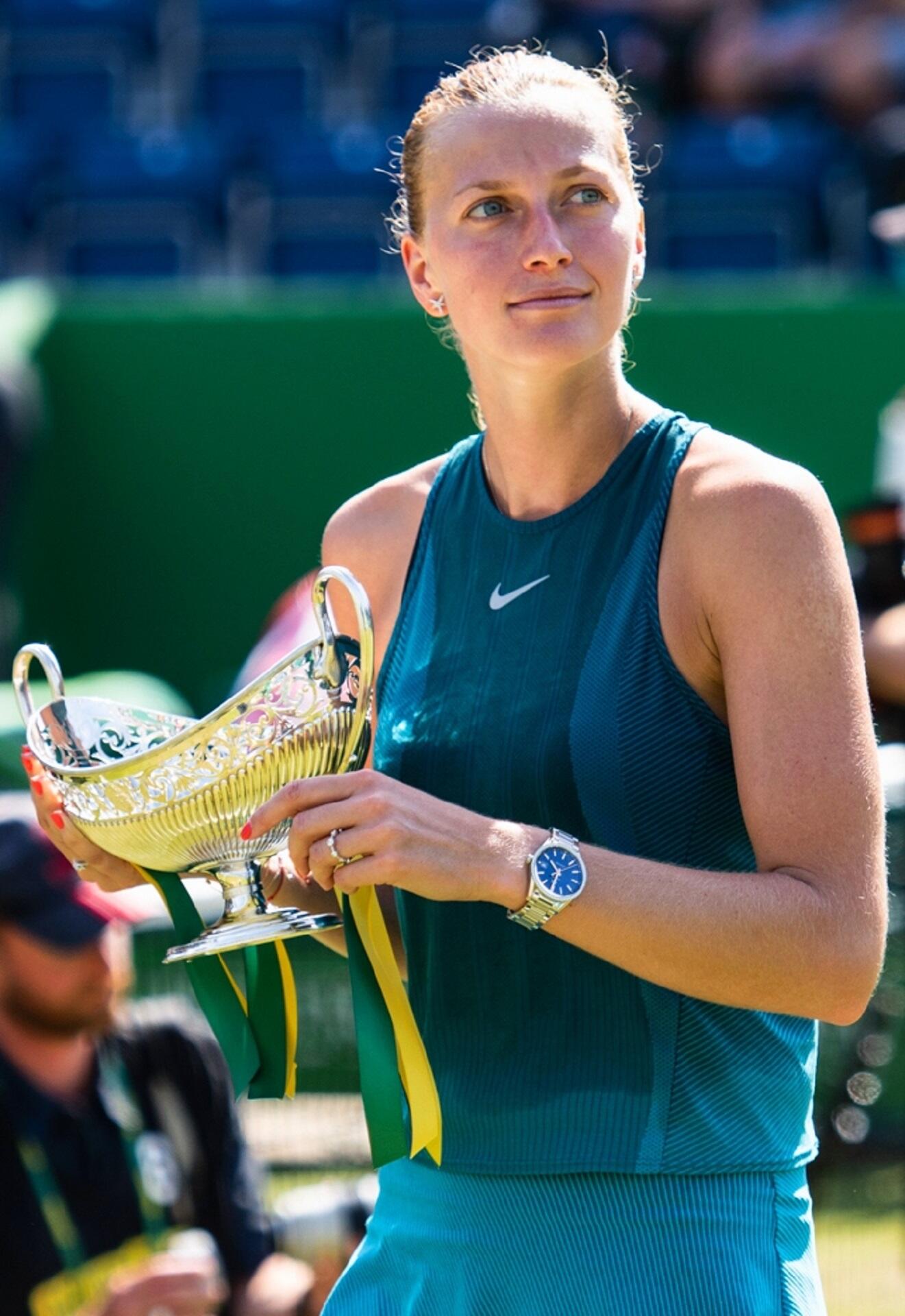
This Czech tennis player has an affinity for clay courts but, apparently, only those in Madrid. She has claimed the Madrid Open Women's title three times: in 2011, 2015, and 2018. In fact, Petra holds the most Madrid titles of all WTA competitors, past and present.
Something must get lost in translation, off the Madrid courts, though. To date, Petra has only reached the Semi-final rounds at the French Open, and only twice: in 2012, and again in 2020.
Two high-profile clay courts; wins on only one. Very strange, no?
Rafael Nadal's Shirt
At the 2024 Madrid Open, Rafael Nadal beat the up-and-coming Argentine player, Pedro Cachin. As they shook hands post-match, the younger man, apparently star-struck, asked Nadal for his shirt. The tennis legend graciously obliged.
By doing so, he set the tennis world on fire.
Pundits fell into two camps: those who thought it was fine to ask, and those who thought it was weird.
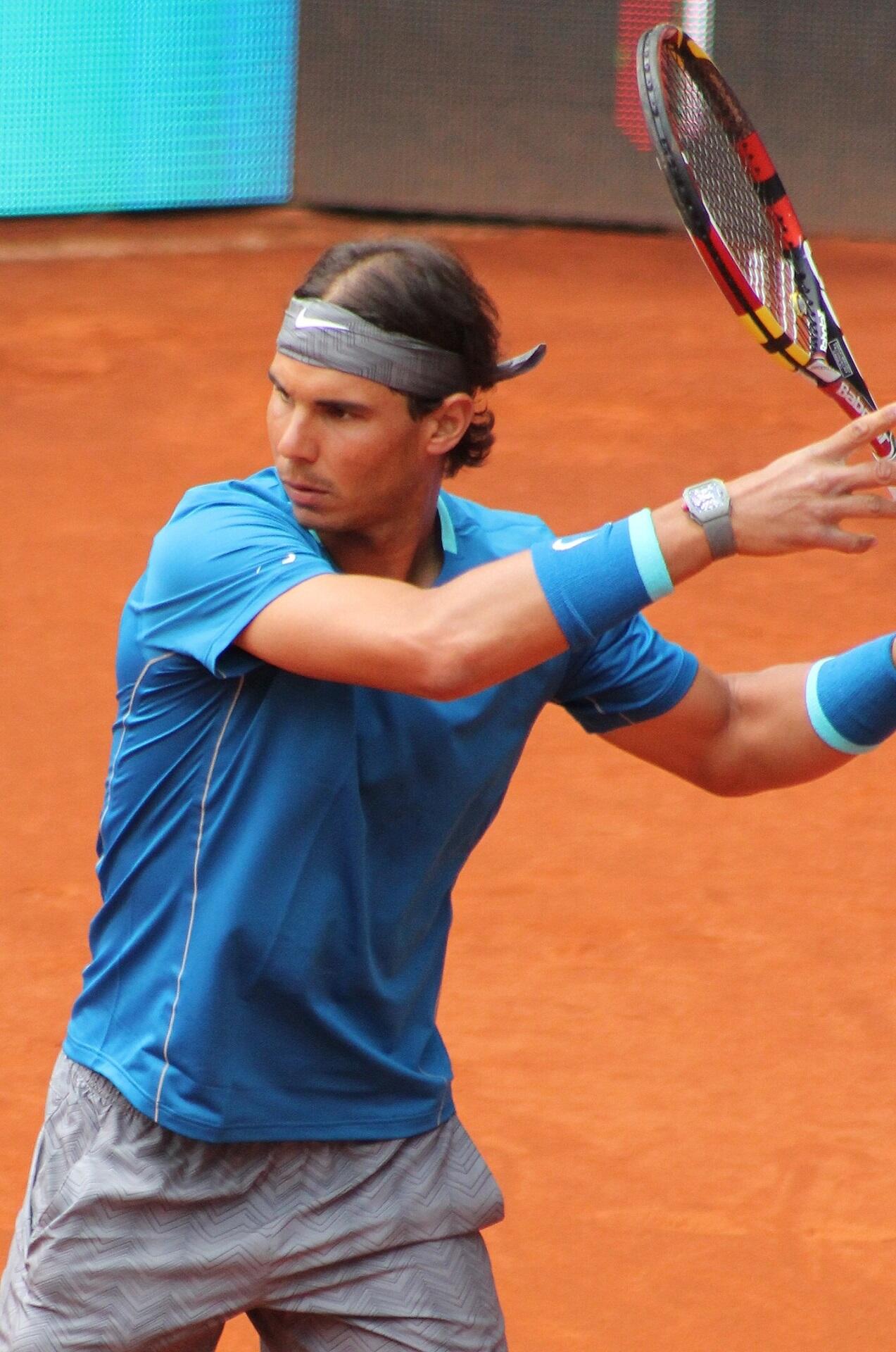
Even retired tennis greats got in on the debate; Boris Becker felt Nadal was a class act to demonstrate that level of sportsmanship. Otherwise, thoughts ran the gamut between these two extremes:
"If I would play against Rafa, for sure I would ask for a T-shirt! Of course, that's not likely to happen."
"If you're playing a game and thinking of asking your opponent to give you something ... It's a little weird!"
BBC broadcaster David Law sided with Jiří, amplifying the 'controversy'. Lehečka went on to defeat Nadal at the 2024 Madrid Open, in what turned out to be Rafa's last Madrid tournament.
Nadal bids farewell to Madrid Open 2024
By any measure, Rafael Nadal is the King of Clay. His astounding 14 French Open wins (on clay courts) prove that, but did you know he also won the Madrid Open five times? He earned his first title in 2005, just four years after turning pro. He would return to the Caja Mágica, time and again, to reassert his dominance on clay.
Rafael Nadal is a fantastic tennis player, full stop. However, such a high-energy performance, time and again, takes its toll on the body. By 2024, Rafa had been on the pro circuit for nearly 20 years. His most ardent fans, and even those only mildly curious, noticed that he was lagging. For aspiring players, checking out tennis lessons near me might be a great boost to your game.
Of course, we (and he) had the triumph over Pedro Cachin to savour, the one that caused the T-shirt 'scandal'. But, Jiří Lehečka, the young Czech player, just had too much on the ball. Even Rafa's looping top-spin forehand did little to deter his opponent. In the end, Lehečka claimed the title with 7-5 6-4.
But, the fans weren't done supporting Rafa. Lehečka's win plunged the Magic Box into silence. As announcers listed Rafa's exploits, five banners unfurled - one for every year he claimed the trophy. "Gracias, Rafa", was emblazoned across them.
Today is an unforgettable day in terms of saying, Good-bye, Madrid. That is one of the places or even probably the place that I received more love and support during all these years
Rafael Nadal
It was only after his speech that the audience erupted. They thundered cheers and applause as he picked up his gear, and walked off the court, smiling and waving. He gave no hint that his leaving was the end of an era. He left the Magic Box, one of the best Spanish tennis players to grace the sport.
















